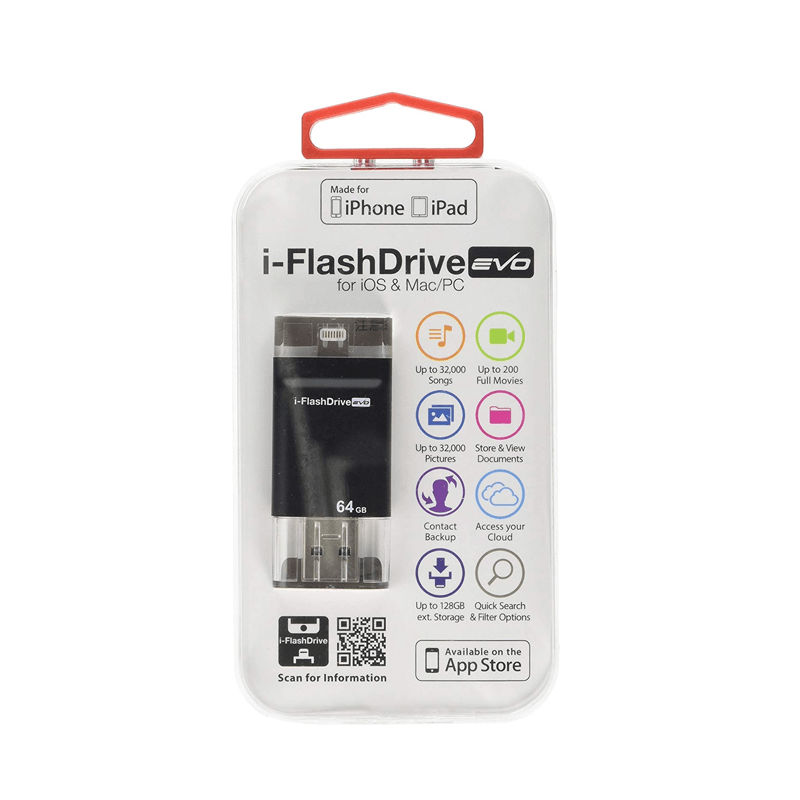
The sensitivity of the iFlash–SARS-CoV-2 IgG kit is 63.6% for RT-PCR-positive patients 9 to 10 days after symptom onset and 100% for RT-PCR-positive patients ≥15 days after symptom onset, whereas the specificity of the kit is 100% for samples from RT-PCR-negative patients. According to the manufacturer’s instructions, ≥10 arbitrary units (AU)/mL is considered positive. 10 The iFlash–SARS-CoV-2 IgG-S1 kit detects IgG specific for the S1 subunit of the S protein (YHLO S1-IgG). The iFlash–SARS-CoV-2 IgG kit detects IgG specific for the both N and S proteins (YHLO IgG), but it primarily detects anti-N antibodies ( eFigure 1). These kits were purchased from Shenzhen YHLO Biotech. Serum samples left over after clinical testing were assayed to determine the concentration of anti–SARS-CoV-2 IgG using an iFlash 3000 chemiluminescence immunoassay analyzer (Shenzhen YHLO Biotech, Shenzhen, China) with an iFlash–SARS-CoV-2 IgG kit and iFlash–SARS-CoV-2 IgG-S1 kit. Measurement of anti–SARS-CoV-2 antibody levels Tokyo Metropolitan Children’s Medical CenterĪ center of the treatment of intractable neurological diseases Tokyo Metropolitan Cancer and Infectious Diseases Center Komagome HospitalĪ center for cancer and infectious disease care in TokyoĪ comprehensive hospital in eastern TokyoĪ core hospital in the eastern part of Tokyo The present study sought to clarify details of the SARS-CoV-2 epidemic in Tokyo by assessing the anti–SARS-CoV-2 antibody status of ≥23,000 serum samples collected from patients who visited 14 hospitals in Tokyo but exhibited no clinical signs associated with COVID-19.Ĭore hospital in northwest part of special wardsĬore hospital in western part of special wardsĬore hospital in southern part of special wardsĪ center for perinatal and pediatric care in Tokyo

As indicated above, these confirmed cases were diagnosed based on RT-PCR assays or antigen testing, but the data did not appear to reflect the actual number of SARS-CoV-2 infection cases. 9 By the end of March 2021, a total of 120,986 cases, including 1,815 deaths, had been confirmed in Tokyo, the most among all prefectures in Japan. 8 In Tokyo, Japan’s capital with a population of ≥13 million, the first case of COVID-19 was confirmed on January 24, 2020. The number of domestic infections increased gradually after that date, and by the end of March 2021, a total of 470,420 cases, including 9,159 deaths, had been reported in Japan. The first case of COVID-19 in Japan was confirmed on January 16, 2020. 7 Analysis of such anti–SARS-CoV-2 antibodies would aid in determining the actual number of infections in a given time period. 6 In contrast, in the convalescent population, monitoring the anti-S IgG response was found to be a specific and sensitive means of identifying patients who had experienced SARS-CoV-2 infection. 5 Generally, antibodies targeting the N protein are induced earlier than those targeting the S protein. Production of immunoglobulin G (IgG) that primarily recognizes the target nucleocapsid (N) or spike (S) protein of SARS-CoV-2 is induced approximately 7 days after symptom onset and maintained for at least 1 month. To characterize the history of viral infections, serologic tests involving the detection of specific antibodies can be useful. Considering the possibility of asymptomatic patients and false-negative test results resulting from low levels of RNA or antigen in saliva or nasopharyngeal and throat swabs, the actual morbidity could be higher than the number of confirmed cases. 4 However, viral RNA or antigen is not always detectable in the period between infection and exclusion. SARS-CoV-2 infection is confirmed based on detection of viral RNA using reverse transcription-polymerase chain reaction (RT-PCR) assays or detection of viral antigen using an antigen test. Both symptomatic and asymptomatic patients can potentially transmit the virus to others thus, the ability to identify asymptomatic patients would aid in controlling COVID-19. 3 Although these patients exhibit no clinical symptoms or signs, viral RNA can be detected in samples of saliva or nasopharyngeal and throat swabs. In contrast to severe cases, many SARS-CoV-2 infections are asymptomatic.

2 In severe cases, pneumonia and dyspnea with hypoxemia are common and occasionally fatal. Patients with COVID-19 develop a variety of clinical symptoms, which can include high fever, dry cough, fatigue, headache, myalgia, and diarrhea. By the end of 2020, ≥80 million confirmed cases of SARS-CoV-2 infection had been reported worldwide, including ≥1.7 million deaths. Coronavirus disease 2019 (COVID-19), a flu-like illness caused by severe acute respiratory syndrome coronavirus 2 (SARS-CoV-2), emerged in Central China in late 2019 and then rapidly spread worldwide.


 0 kommentar(er)
0 kommentar(er)
